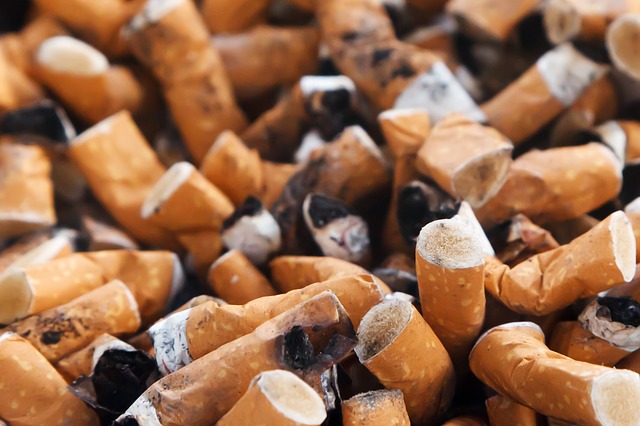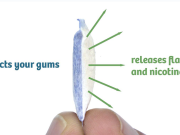“To better understand the scale of the issue, HouseFresh crunched the numbers to visualize the human-made structures that would get crushed in a minute, day, week, month, and year of cigarette butts – from an Olympic boxing ring to New York’s Central Park,” explains a detailed release on House Fresh.
While the Pacific Islands seem to have the highest smoking rates, European countries seem to be the worst polluters. “So, who’s dropping all those butts? In Andorra and Luxembourg, the average consumption is over 17 cigarettes a day or 6,000/year – and that’s averaged out across the whole population, including non-smokers.”
How toxic are cigarette butts?
Disposed cigarette butts tend to pile up in parks, beaches, streets and bus stops, as they are small enough to appear more harmless than the more visible type of rubbish. Because of their size they are more likely to be disposed of inappropriately and are even known to make up around 20% per cent of the debris gathered during ocean clean-ups.
The chemicals that leak from a cigarette butt could be toxic enough to kill 50% of the saltwater and freshwater fish exposed for 96 hours. This percentage was calculated by experiments in which butts were submerged in a litre of water for 24hours.
But even these are “only a portion of the environmental harm caused by the tobacco industry,” explained Stop, as tobacco is not only “grown on deforested lands” but its production “degrades soil and pollutes air, land and water.” The organization explained that sadly, billions of trees are chopped down yearly to produce cigarettes, accounting for 5% of global deforestation.












